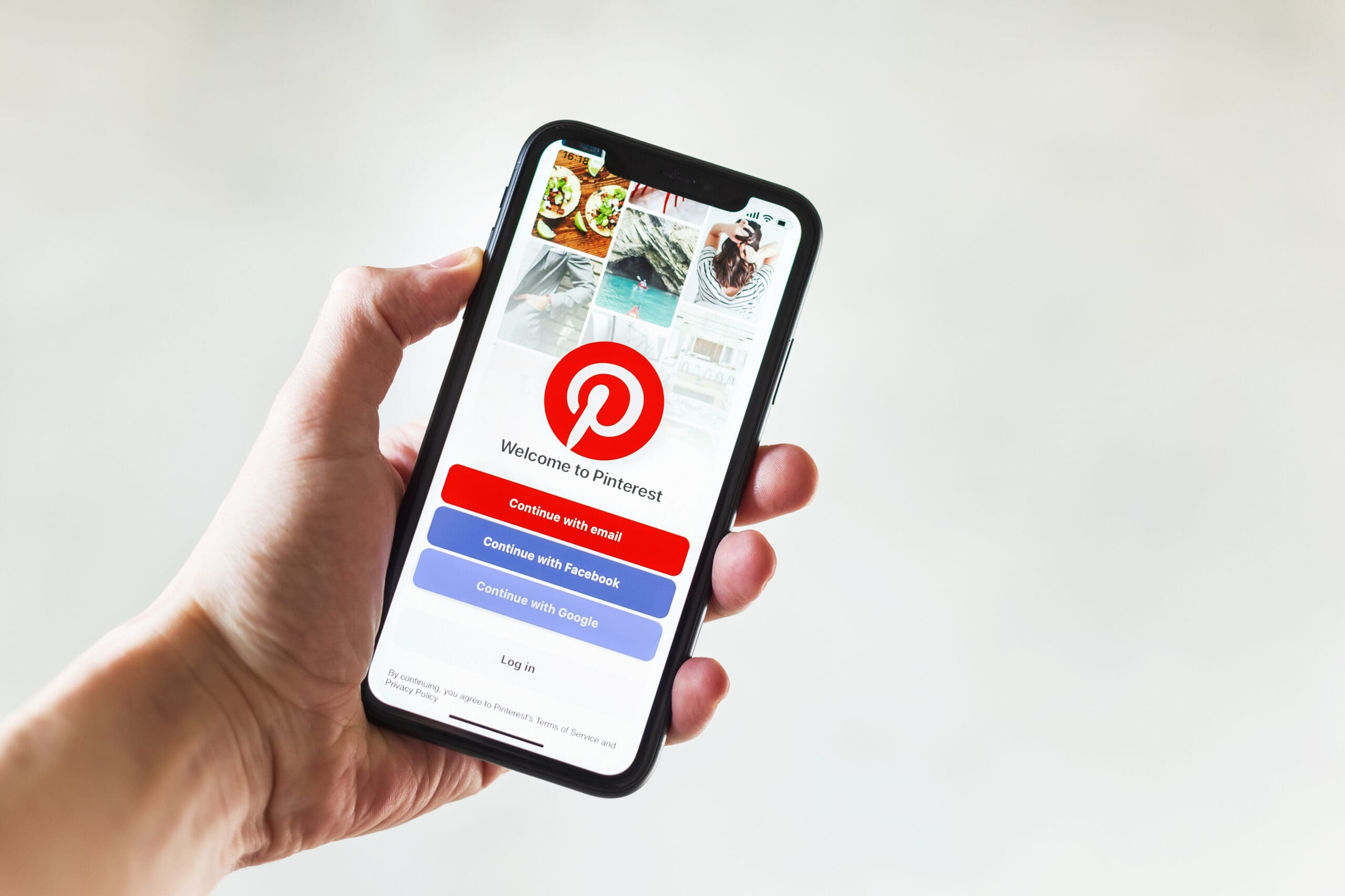What is a business story?
A business story is a form of communication that can be used to persuade other companies, sell something to potential and existing customers, help develop new marketing narratives, and position a brand or company in the market among its competitors. Using a business story to accomplish one of these mentioned goals is effective because a story actually engages a person on a much deeper level than simply stating the facts. A story can engage an individual’s brain in ways that facts and figures can not. When a person is reading or observing images that detail logical facts and figures, only the language-processing zone of the brain is activated. When someone is engaging with a story, up to seven different zones of the brain can be activated all at once. The language-processing zone of the brain along with other zones that are responsible for processing images, triggering emotions, and stimulating the senses of touch, hearing, taste, and smell, all are activated when someone engages with a compelling story. The zone of the brain that processes images can actually digest information up to 60,000 times faster than the language-processing zone. This is why using a business story can be a powerful tool in the arsenal of the marketing department of almost any type of business. A business story focuses mainly on the more human side of work, family, and life. Not only does a good story engage better with an audience, but it can also linger in the minds of the people who have engaged with the story for a much longer time than spreadsheets, facts, and figures.
What is the purpose of sharing a business story?
Essentially, the purpose of sharing a business story for any brand or company is to provide your audience with the “why”. Why does your business do what it does? Why are you passionate about your product or service? Why should end-users believe in your brand, company, and/or product? The “why” is in a way your brand’s mission statement. People looking to engage with your brand most likely already know the what and how. They know what you produce or what you offer, and they most likely know how you do it. What they are dying to know is why you do it. This is where a business story can be the most effective way to share the why. The why, or the mission statement, is not only for potential customers and/or business partners, the mission statement is necessary for internal purposes as well. If you were working at a company, would you not also be interested in understanding the company, its core values, and its mission statement? The purpose of sharing a business story is to explain to both your external and internal audience the mission statement of the brand and/or company.
Why is sharing your business story important?
The main reason sharing your business story is important is because once you begin to share the personal, you can begin to attract your ideal customers and build real connections between your brand and those customers. Ideal customers are people who believe in the person and story behind the brand, business, and/or product. Millennials and Gen Z are far more invested in aligning themselves with and supporting brands that share their values and/or worldview. There may be many other brands and businesses that share similar products or services and competition can be fierce. By sharing your business story, you can help set yourself apart from the competition within your industry.
What are some examples of business storytelling?
When you are developing your business story, you may want to review some successful examples of how business storytelling has helped position a brand in the hearts and minds of the consumers within their specific market. Some famous examples of successful business storytelling include Land Rover, Burt’s Bees, Patagonia, Warby Parker, Pepsi, and Subaru. Some of their successful business storytelling campaigns may take one of the following angles.
- Work-life flexibility: Work-life flexibility has become increasingly important in recent years. The importance of maintaining mental health and family/social lives while balancing a robust professional life is a concern of many millennials and Gen Z. Companies that support work-life flexibility for their employees have been advertising this and it has been not only attracting customers but good employees as well.
- Community involvement: Many brands tout their community involvement and their work with charitable organizations. This approach can empower consumers to support your brand because they are also passionate about the organizations that the brand or business supports.
- Global perspective: Brands like Patagonia have taken on global mission statements that target some of the largest issues facing the world. Patagonia has decided to tackle the climate crisis as well as environmental and species degradation.
Whatever framework you want to choose to tell your business story, you may want to consider tying it to a larger idea that can further build connections with your intended audience.
How to tell a compelling business story
The business story can be used by brands and companies to draft press releases, prepare internal and external presentations at meetings and/or conferences, create content for end-users or employees, and the business story can come in many forms. Whether it be an ad, article, presentation, internal memo, or video, the format of the business story will be much more compelling if it takes the form of a story rather than straight facts. When creating a business story, no matter the format you choose, there are three main approaches to storytelling in business. You can simply use the form of a story to present your message, you can tell a true story or anecdote based on past experiences, or you can use storytelling techniques to trigger the same engagement that stories do. For the first approach, using a story to present your topic can follow particular storytelling patterns. Patterns like overcoming adversity, the quest, the voyage, and the triumphant return, all are storytelling patterns that have been proven to work well to engage an audience. If you choose this first approach, you may want to follow one of these patterns to ensure the highest potential engagement from your intended audience. The second approach, telling a story or anecdote based on past experiences is one of the easier approaches since you are the expert on the events of the story. Also, people like to hear true stories and it could potentially increase their overall engagement if they know you are speaking from a place of experience. However, if you choose the approach of anecdote, make sure your story is relevant and that you can effectively tie your anecdote to the subject at hand. You may risk losing or confusing your audience if the story you are telling is in no way connected to the topic. Here is a quick breakdown of some of the ways that have proven to be effective when formulating a compelling business story.
Storytelling approach: As we discussed earlier, the storytelling approach has three sub-approaches that you will need to consider before developing your business story. It is important to either create a story, tell an anecdote or story based on your experience, or apply storytelling techniques to a different approach entirely.
Social Media: Social media is an excellent way to get your story to a wider audience. You may want to do some research about which social media platforms contain the audience that would best identify with your business story.
Infographics: Infographics are a great way to rely a lot of information in a way that is easy to understand and easy to digest.
Videos: Of course, captivating videos with vivid imagery can do wonders to engage and connect with your audience.
There are many ways to tell a story. Humans have been telling stories since the beginning of the species. However you decide to tell your business story, remember that sometimes keeping things simple is the best way to reach the widest possible audience.
Learn about Kickfurther
People buy the why. Sharing your passion for what you do and how you built your business is a worthy investment. As you begin to grow sales, you may need access to affordable inventory financing. Kickfurther is the world’s first online inventory financing platform that enables companies to access funds that they are unable to acquire through traditional sources. We connect brands to a community of eager buyers who help fund the inventory on consignment and give brands the flexibility to pay that back as they receive cash from their sales. This alleviates the cash-flow pinch that lenders can cause without customized repayment schedules, allowing your brand to scale quickly without impeding your ability to maintain inventory or financial flexibility.
Grow your business today. . . discover affordable inventory financing at Kickfurther today!









